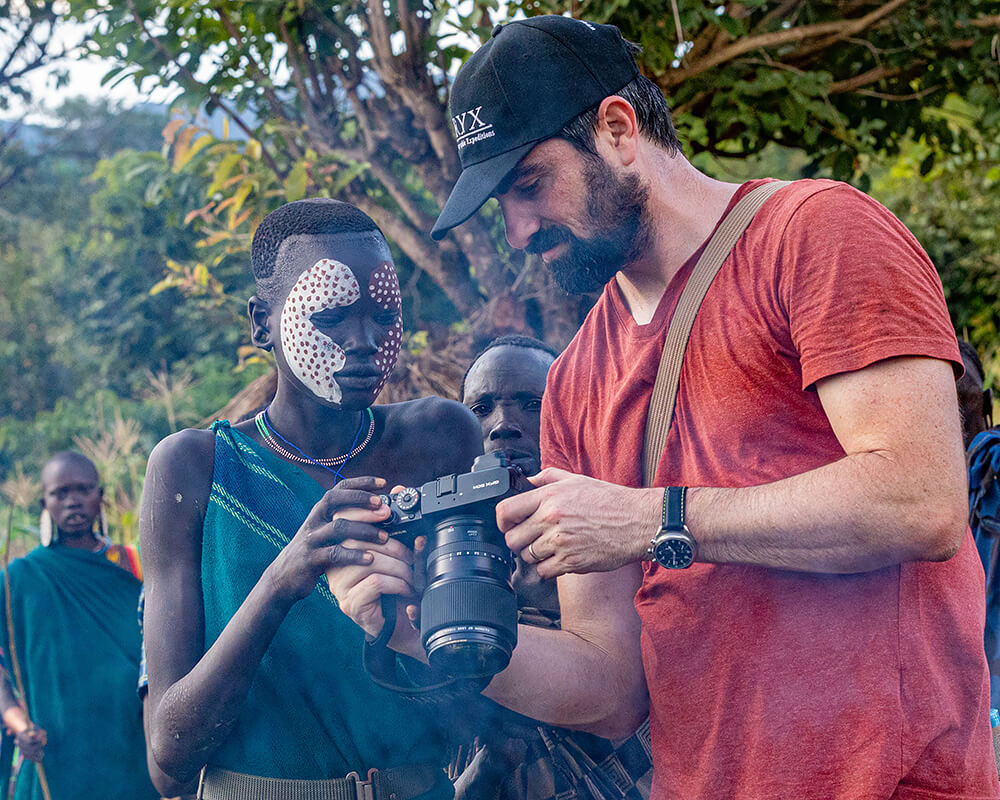I consider myself a travel photographer, but my primary focus is on people and cultures rather than nature, landscape and wildlife. I was fortunate enough to be able to spend a good amount of time traveling and I genuinely wish I will be able to keep exploring this beautiful planet of ours and the fascinatingly different cultures around the globe.
Proud Women of the Omo Valley
This project ("Proud Women of the Omo Valley") was taken inside a Suri tribe in the Omo Valley in Southern Ethiopia. The models were not dressed, simply recorded as is. No artificial lighting was used. The pictures with the black backdrop were taken within a dark tent with the light coming in from the entrance of the tent.
In the Omo Valley, it feels as if time has no meaning. Days, months, seasons and years are irrelevant in this timeless corner of the world. Same goes for the concept of money, or the modern angst that comes with intellectual pursuit of the meaning of life and death. There, it's about life's essentials. It's about freedom and bare necessities. About being satisfied, joyful and surrounded by loved ones. I tried capturing the essence of what it means to be "stuck in time" which made me keep wondering whether they were left behind or whether the modern world is the one who made the wrong turn. This project taken in Dec 2019 feels more current than ever, especially in times like these with the Covid-19 global health crisis and the economic downturn, when we all got to spend some alone time and got back in touch with our most basic human needs and what "really matters".
